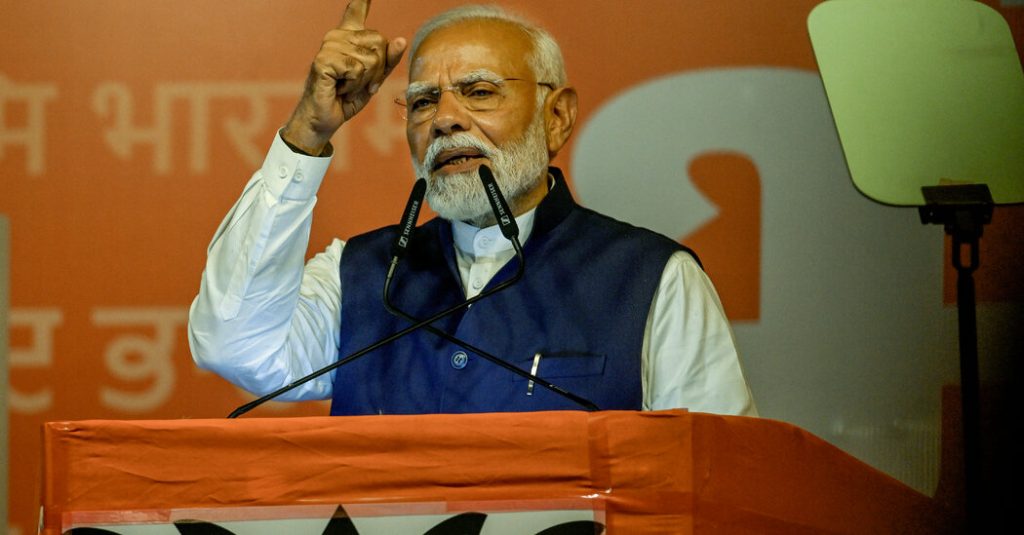Narendra Modi’s second re-election as India’s prime minister came as a surprise as his party lost its majority in Parliament, marking a significant change in his leadership. Since coming to power in 2014, Modi has focused on economic progress, fighting corruption, and promoting Hinduism as central to India’s identity. He has presented himself as a strong leader capable of uniting the nation, breaking away from the coalition-led governments of the past. However, with the loss of a majority in Parliament, Modi’s power appears to be waning.
Modi’s leadership style, characterized by centralizing power and making unilateral decisions, is likely to face challenges with the need for coalition partners to form a government. Veteran lawmakers N. Chandrababu Naidu and Nitish Kumar, who have emerged as key allies, are likely to demand greater authority in Parliament. This shift in power dynamics marks a significant departure from Modi’s previously authoritarian approach to governing.
India’s political landscape has been reshaped overnight as the electoral maps revealed a new pattern of seats gained and lost by Modi’s party. While losing ground in traditional strongholds, the BJP gained seats in regions that had previously resisted Modi. The tribal belt emerged as a unified area supporting the BJP’s Hindu-first politics and welfare policies. This new political landscape highlights a shift in voter preferences across the country.
India’s stock markets experienced significant fluctuations in response to the election results. While initially responding positively to exit polls, investors saw a sharp decline in Modi-associated stocks following the final tally. This uncertainty highlights the need for investors to reassess which companies are likely to benefit from a new government. Despite market volatility, the strength of India’s economy is expected to help stocks bounce back, even in a coalition government scenario.
With coalition politics back in focus, the new era in Parliament is likely to involve political retribution, cabinet reshuffling, and policy revisions. Smaller parties demanding cabinet positions may lead to changes within the BJP, adding a layer of complexity to governance. The question of India’s economic direction, particularly in terms of export manufacturing and protecting local industries, will be a key consideration for the new government.
The recent election, the largest in the history of democracy with over 600 million voters, was celebrated as a demonstration of India’s democratic values. Modi, in a speech following the results, emphasized the importance of democracy in the electoral process. As India navigates this new political landscape, the role of coalition partners and the balance of power within the government will shape the country’s future direction.


